It may only be eight in the morning, but it already looks set to be a busy day for Laura Hughes.
From her scheduled clinic rounds in the morning, to visiting numerous mums-to-be at home to check how they’re getting on with their pregnancy, the 32-year-old will spend the next seven and a half hours zooming across Bradford (a 160 square mile patch) looking after her many patients.
However, Laura explains, her day doesn’t stop just there. Despite having two kids of her own to care for, she will also be on call in the evening, ready to step in and help deliver a baby should she need to.

Having a baby at home in 21st century England is a far cry from what you see in a genteel Sunday night drama, , with everything wrapped up neatly by 9pm. Laura’s hectic schedule is simply the norm for the Homebirth Midwifery Unit at the Bradford Teaching Hospitals.
And we’re about to find out all about them as cameras have followed the team of six midwives – and some of the pregnant women they look after – for a new series called Yorkshire Midwives on Call, showing what life is really like for a home-birthing team – without the bicycles, red hats and cardigans.
Only formed in 2019, the last two years have been particularly busy for the home-birthing team, which is headed up by Laura.
While the ongoing coronavirus pandemic is partly responsible for an increasing amount of women considering a home birth – around one in 40 babies, or 2.4% of all births are recorded to have occurred at home over the last two years – numbers in Bradford have stayed steadily high.
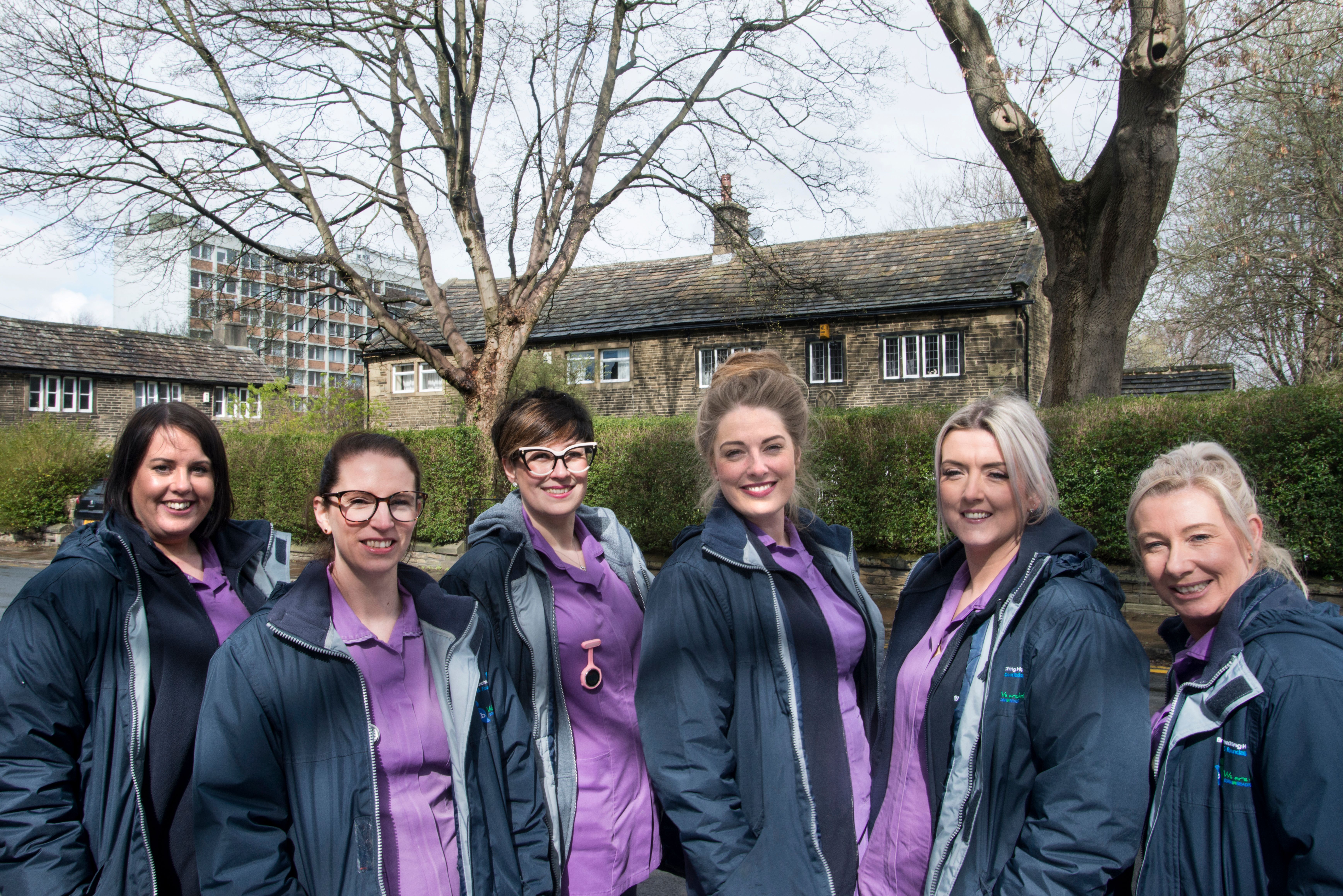
‘To begin with, we had around 80 births a year,’ explains Laura. ‘After hit, our caseload shot up to 192. Things have steadied a bit now, we have between 150 to 160 women on the books at any one time, but we’ve not seen numbers slip anywhere near back to pre-Covid levels.’
In addition to the pandemic – and the knock-on restrictions it meant for labour wards – Laura believes the word of mouth of the more ‘personable’ service that a home-birthing team can provide may also have fed into the increase.
‘If you go for a homebirth, you tend to have the same midwife throughout the entirety of your pregnancy,’ she says. ‘We see women in their own homes and that allows us to create a picture of who this person is.
‘If you went to the hospital for your appointments, you’d get a different midwife each time. But when it’s a home-birthing team, we get to know each woman in depth. We know their dog’s name. We know what they make of their mother-in-law. We know they bought a caravan three months ago. We get that understanding of who they are as a family unit, and that can make a really big difference.’
The care from the home-birthing team extends to more than just pleasantries, adds Laura, with each expectant mother arguably being given more dedicated resources at home than compared to a labour ward.
‘Being at home, people have two midwives with them from start to finish… I don’t want to go into the political side of staffing in maternity units, but that is a luxury compared to hospital,’ she says. ‘That woman is the sole focus of those midwives, and that’s really nice as you feel you’re being looked after.’
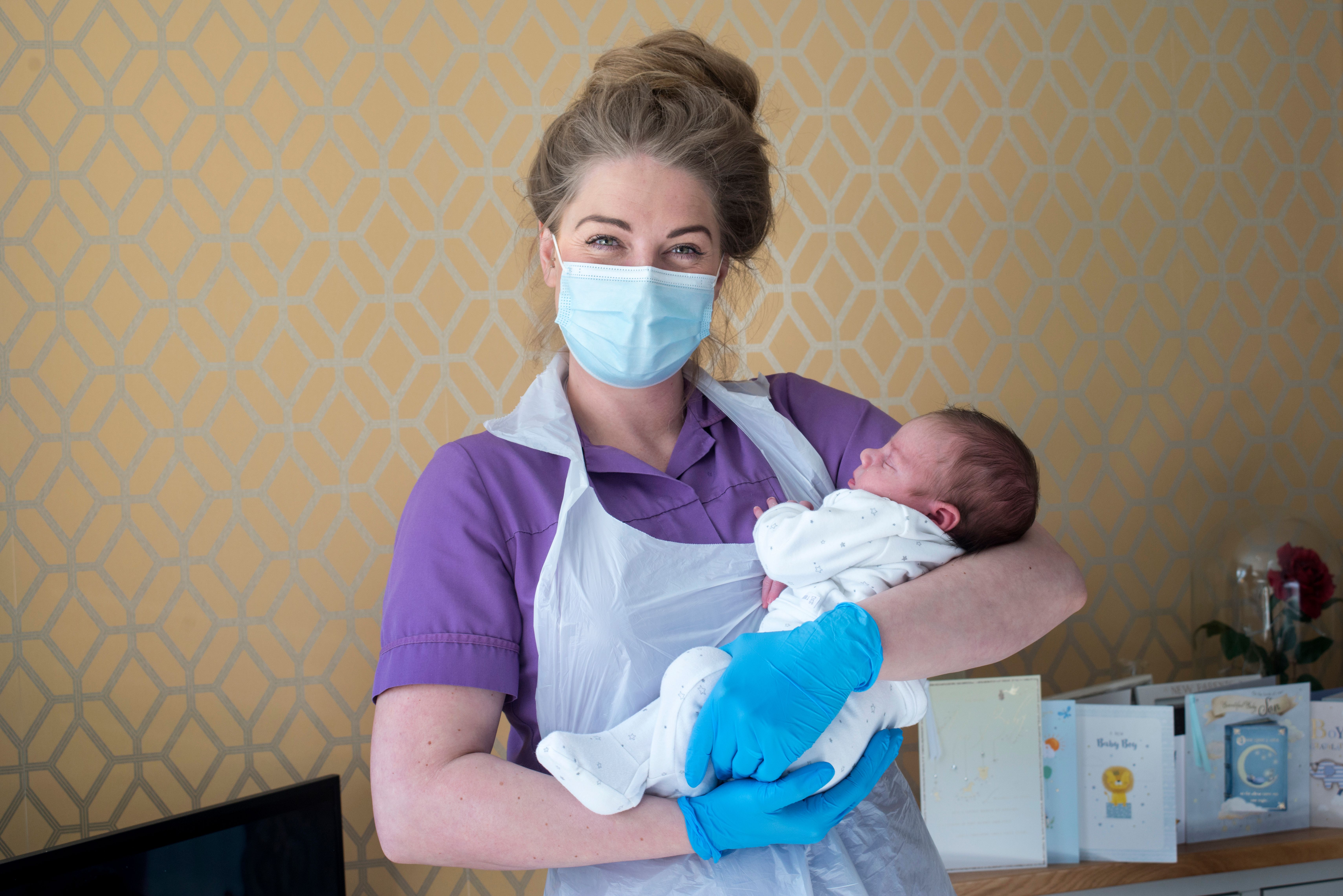
Maternity services in hospitals have been widely considered to be overstretched for some time. , conducted in 2020, found that 83% of midwives do not believe their NHS Trust or Board has enough staff to operate a safe service. Elsewhere, 42% of staff reported half of their shifts were understaffed, and a third said there were significant gaps in most shifts.
‘The biggest issue in the NHS is the staffing crisis,’ explains of 30 years, Sharon Salvage. ‘Midwifery funding has declined over the years so now there are over 2,500 unfilled posts in Midwifery.
‘Constantly working in an environment where you are understaffed also puts enormous pressure on midwives who quite regularly works long 12.5 hour shifts without breaks to eat or go to the loo. Understaffing can likewise mean that midwives are stretched beyond their capabilities, and leaving them feeling demoralised, fragile and exhausted.’
There are also an increasing number of mothers and midwives who believe that pregnancy and childbirth is too ‘medicalised’: effectively, that medical professionals may be interfering too much unnecessarily in the natural process of labour.
Having a more ‘natural’ birth was something Rebecca Wheelhouse, 28, was keen for when having baby Toby six months ago, despite herself and her husband Tim both being junior doctors well acquainted with hospitals.
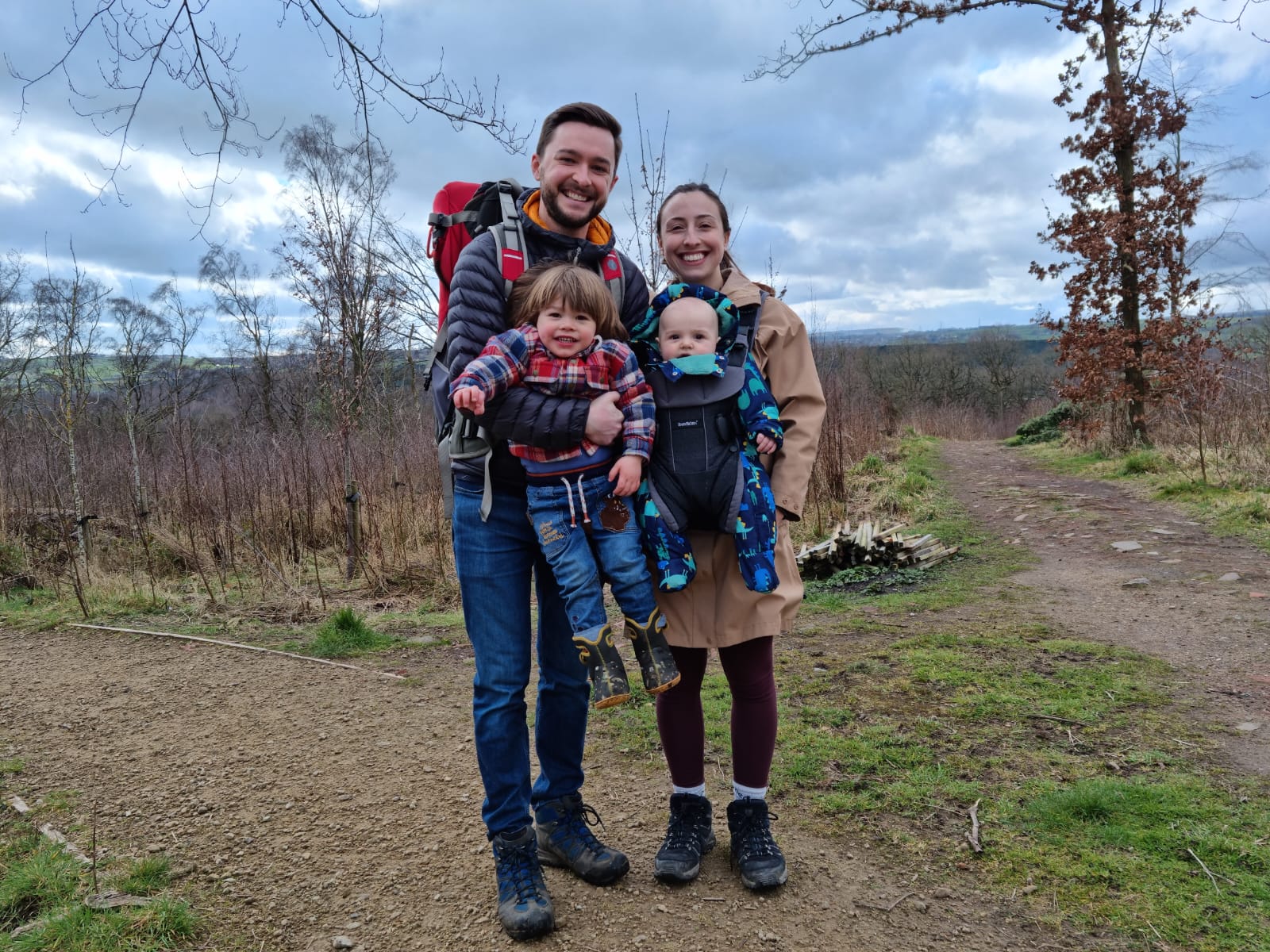
‘Generally, I’ve always liked the idea of having a baby at home just because pregnancy and birth is a very natural thing to do,’ she explains.
‘It was just so pleasant, being surrounded by your home comforts. I could have Tim’s mum and dad come over and see Toby less than an hour after he was born, which we just wouldn’t have been able to do in hospital.’
While her first son, Freddie, was born on a ward – with complications meaning Rebecca had to have an epidural, something that is only administered in hospital births – Toby was the meds-free water birth she had always wanted.
‘It took just seven hours,’ she recalls. ‘I was scared of the pain but I just felt so relaxed with my midwife. It was a completely different birth experience.
‘In hospital, we really struggled on the post-natal ward with Freddie. It’s a totally different environment, it’s busy, it’s loud – we were both exhausted. The aftercare felt like it was a tick box exercise.
‘But with the home-birthing team, it felt like being visited by a friend. They genuinely wanted to see how you were doing.’
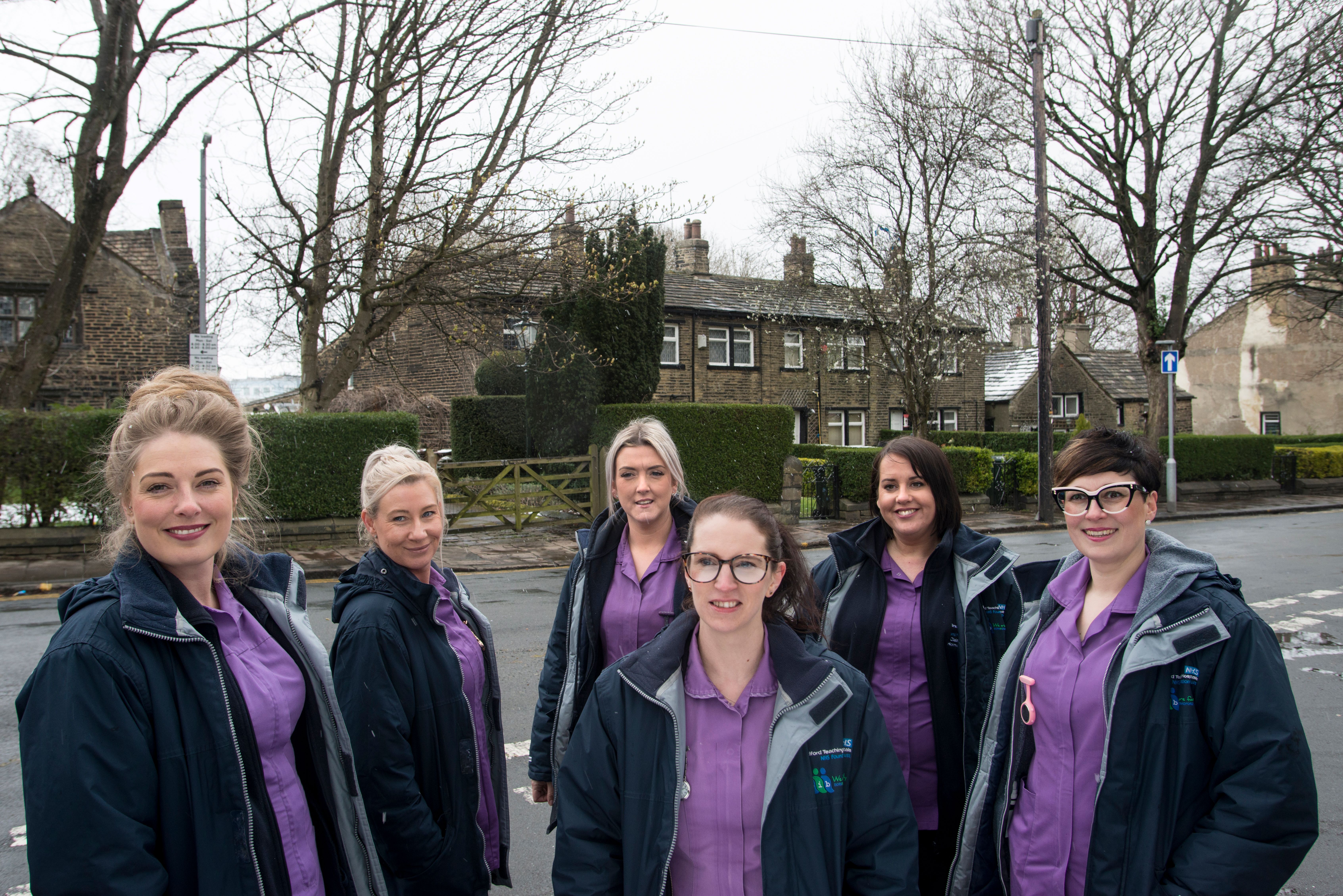
Laura welcomes moves to ‘demedicalise’ pregnancies, and believes popular hospital series, such as One Born Every Minute, only fuel fears around childbirth.
‘Most midwives hate One Born Every Minute,’ she admits. ‘It’s too dramatised and tends to focus on things going wrong. It’s not a really good portrayal of what childbirth looks like, and can frighten women.
‘Childbirth, a lot of the time, for low-risk women, is just a physiological process – it’s really quite boring.’
While NHS guidance suggests home-birthing tends to be as safe as it would be giving birth on a ward, there are a number of scenarios where it’s vital that women deliver their babies in a hospital setting.
For example, if it’s your first child, you are pregnant with more than one baby, your baby will not settle for a headfirst delivery or you’ve previously had a c-section, guidelines generally agree that your baby should be delivered in a medical setting.
‘Giving birth in hospital means you have a variety of specialist units on site and there are more facilities and technologies available if emergencies occur,’ midwife Sharon Salvage explains. ‘You will also have access to a multidisciplinary back up team if required, such as midwives, obstetricians, pediatricians and anaesthetists, and will have all the choices of pain relief available to you. That is why women considered to have a high-risk pregnancy are recommended to birth in hospital.’
That’s not to say that the home-birthing team isn’t well trained for the occasions when labour doesn’t quite go to plan.
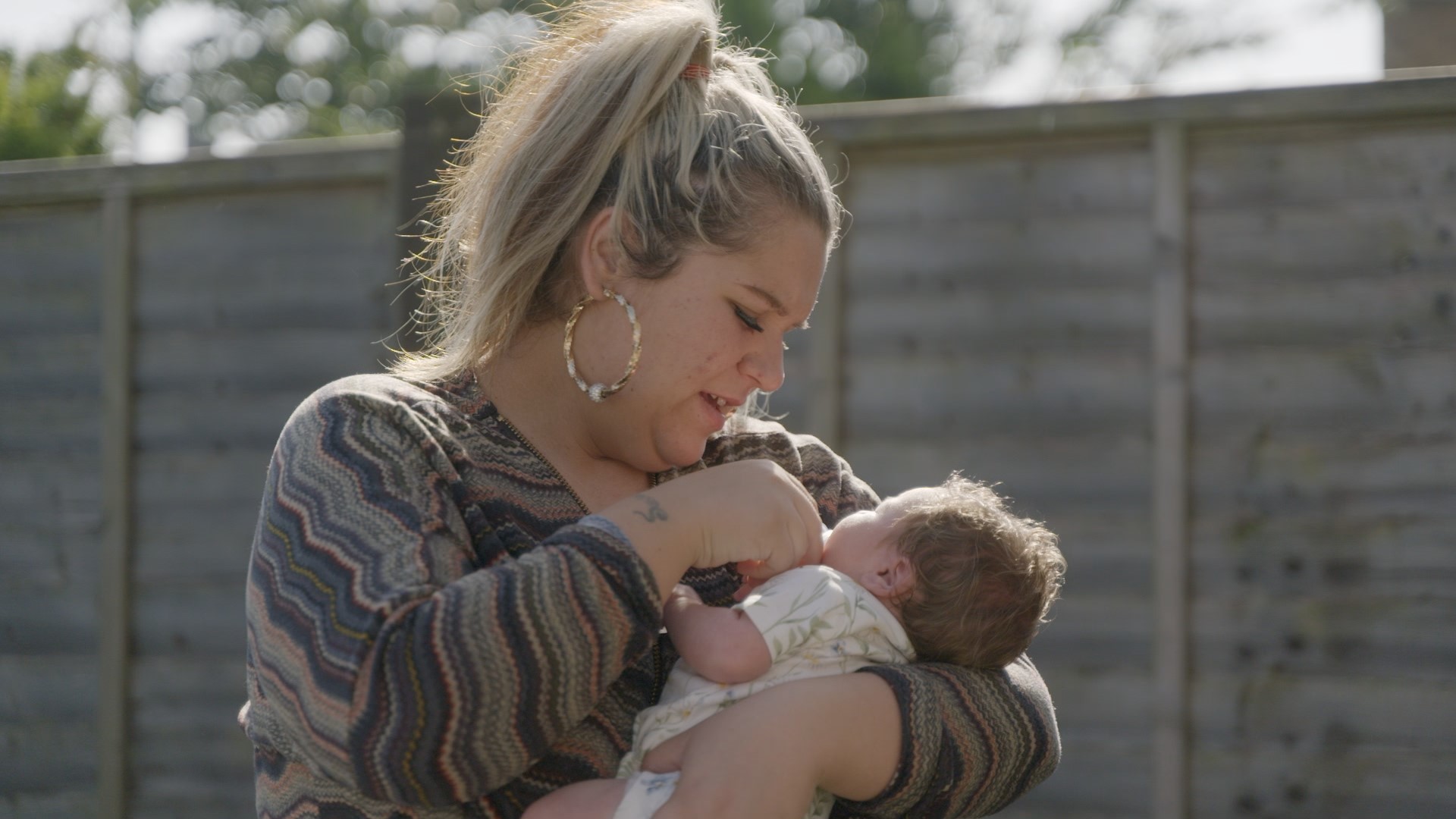
In Yorkshire Midwives On Call, we meet Keeleigh Fisher – a 27-year-old, pregnant with her fourth child, and desperate to have a home birth.
‘I’ve always hated hospitals, but with Covid on the rise, I was keen to give birth at home,’ she explains.
Keeleigh had previously never been considered for a home birth, as her last three children had all been born prematurely, despite all having been healthy sizes.
With baby number four, she was finally able to fulfill her wish, welcoming her little one surrounded by her three children and her cousin.
‘It was so relaxing,’ Keeleigh explains. ‘My kids were free to potter about, and I wasn’t on edge at all.’
However, shortly after labour, midwives ultimately decided that Keeleigh needed to urgently go to hospital as she had haemorrhaged, and her bleeding was failing to subside.
‘I was gutted,’ Keeleigh admits. ‘I was crying, I really didn’t want to go to hospital. The birth had gone so well. Luckily, my bleeding stopped soon after so I was discharged after a few hours.
‘If I had another, I would definitely have a home birth again. The bleeding was just one of those things.’
Laura, who was one of the midwives present during Keeleigh’s labour, says it was ‘gutting’ that Keeleigh’s birth experience didn’t pan out how she’d hoped.
‘Our training kicks in when we do have emergencies, so we can calmly deal with things,” she explains. ‘It’s hard to walk away and think, oh gosh, I hope that she’s not too disappointed, I hope she’s not been left with this negative experience.’
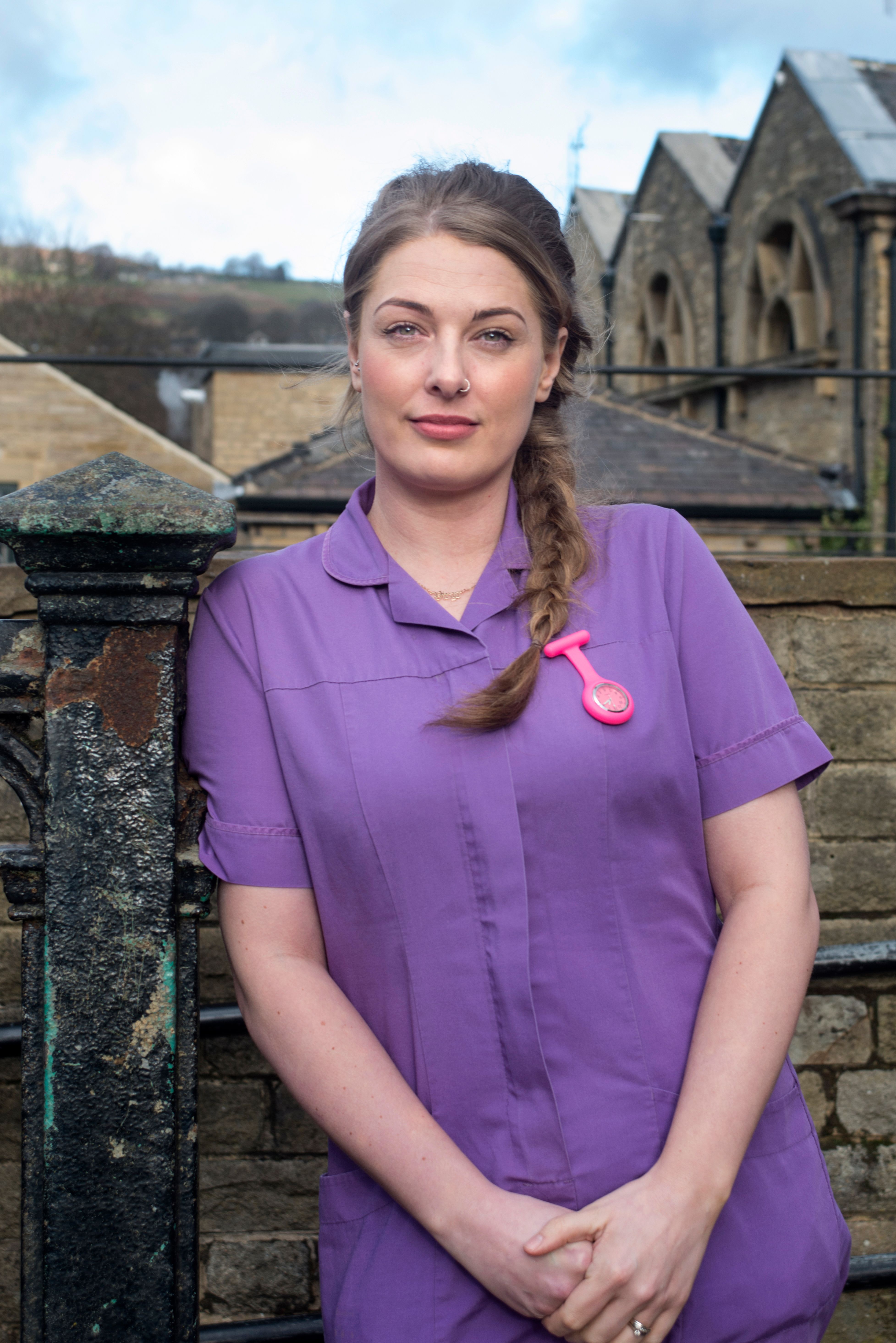
For Laura, however, this is where the home-birthing team’s more personalised level of aftercare is vital.
‘Our continuity can really help in these situations,’ she says. ‘We pick them up again after they’ve gone home. If they’ve been to hospital for any reason, we’re dealing with that with them with a debrief kind of service.
‘Keeleigh was disappointed she had to go to hospital, but she still felt positively about the whole experience.’
With homebirth numbers looking to remain steady even as we enter a post-Covid world, Laura believes that should numbers increase, Bradford could find itself with a second home-birthing team.
And while working as a home-birthing midwife is often difficult, demanding and stressful, for Laura, there’s nothing else she’d rather do.
‘It’s one of the most rewarding things to help a women feel as if they’ve had control over their birth experience,’ she admits. ‘If I’ve helped someone give birth where they felt they had choices, they’ve been in control and they’ve felt empowered? That’s when I know I’ve done a good job.’
Do you have a story you’d like to share? Get in touch by emailing [email protected]
Share your views in the comments below.
Yorkshire Midwives On Call airs Monday 18th April on BBC Two.




















